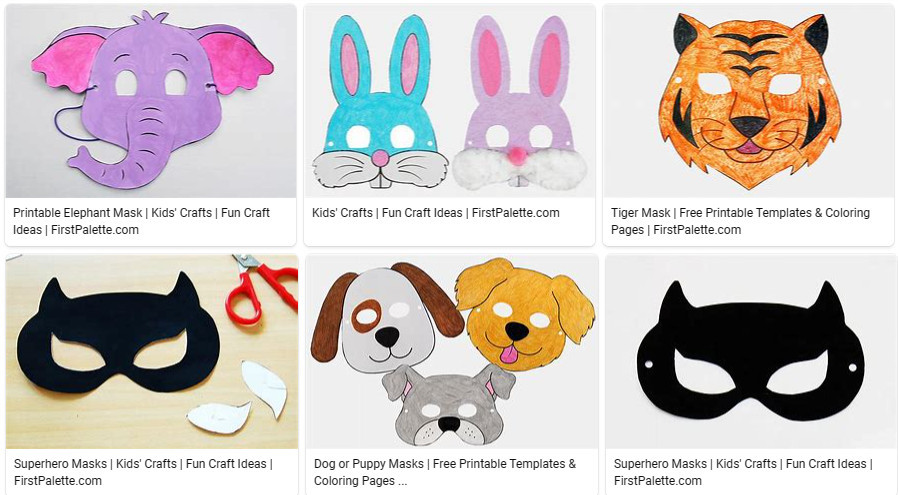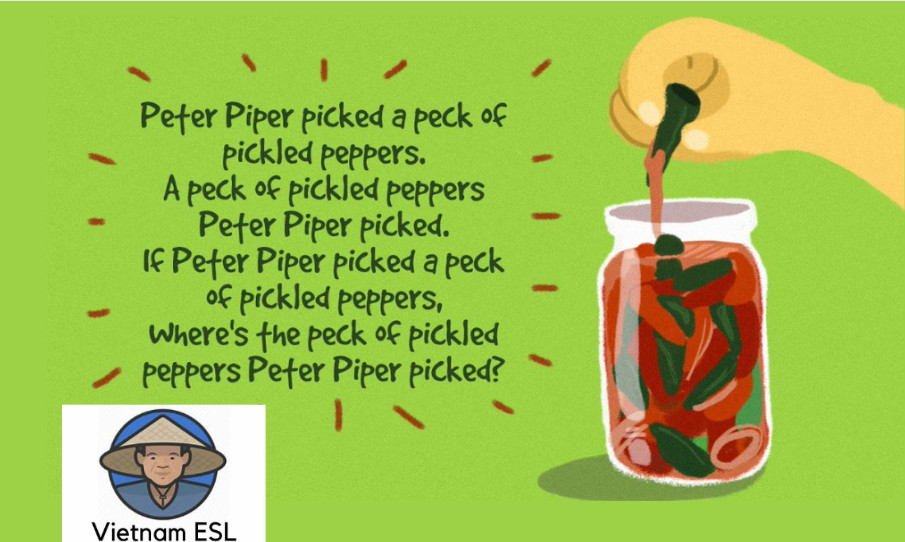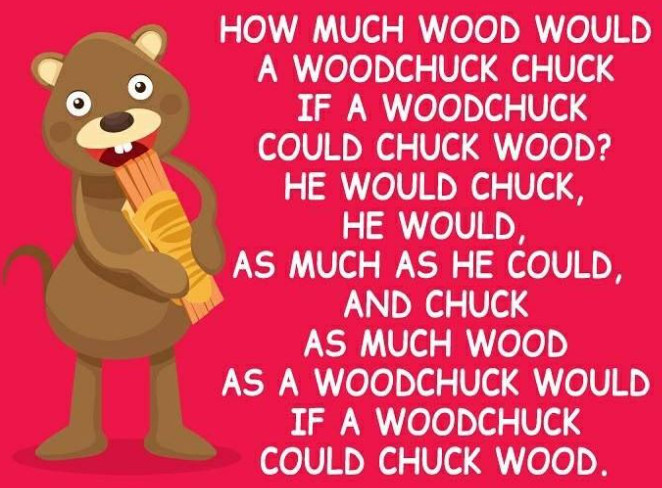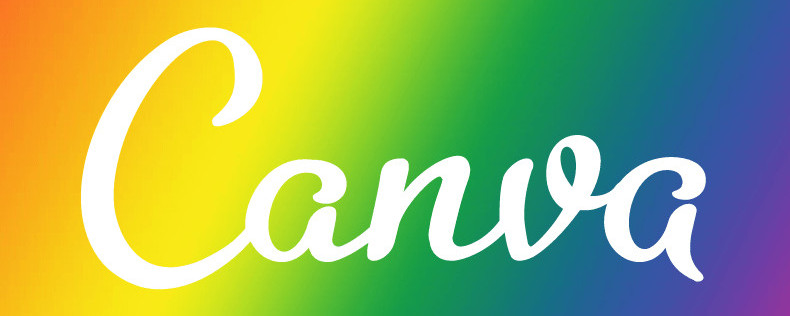Classroom Games For ESL Students.
I have written this post as I am continually asked by other teachers what I do to spice up my adult ESL Lessons. And some teachers ask me directly what games can you play with adult students. So let’s dive in and take a look at what I do.
It can be challenging to incorporate games into an English program for adult learners. Although some students like playing whenever they get the chance, many others don’t want to embarrass themselves in front of their peers or, in their opinion, squander class time. We, as teachers, are tempted to play things safe and stick to more formal language activities since we are sensitive to wasting time.
The issue with that is that you’re passing on a very useful teaching tool. English games are not only a great warm-up exercise, a nice refresher after a period of more intense study, and even a reward once your pupils get to know and love them, but they’re also an excellent way to review recently learned lessons.
The challenge is figuring out how to use them. ESL games for adults should be properly organized, relevant to current class work, and have a clear linguistic aim in mind. In a kids’ class, nearly any game will go over well at any point but we must make sure we select the appropriate games for our adult audience because not all games are made equally.
My Favorite Adult ESL Games.
Here is a list of some of my favorite games for the classroom. They are entertaining and interesting, and they were picked with older students’ needs and sensitivities in mind.
Vocabulary Showcase.
This game involves explaining a word to a teammate without using the word itself. Students must explain the selected word to their teammates. It helps with communication and vocabulary skills.
How To Play The Game.
.
Split the class into two groups.
To begin the game, Team A will select their first competitor and Team B will do the same.
Student A from Team A should sit facing their team and the same with team b. The sitting team members are not allowed to look at the selected word or turn around and look at the board.
The teacher starts the clock and writes a vocabulary word on the board. it is recommended to give each word two to three minutes for either team to guess. An egg timer is perfect for this as you don’t have to keep resetting a stopwatch.
As soon as the “timer” starts both teams will try to guess the word written on the board. The first sitting team member from A or B teams who guesses the word will win a point for their team. The person selected to sit will be changed after 5 words each. This should give everyone a chance to be the person in the “hot seat”.
The team that scores the most points wins.
This can get a bit noisy. but is a lot of fun and I recommend it for young adults and teenagers.
How’s Your Thing?
This game involves guessing the name of an object based on a description provided by another student. This helps students practice asking and answering questions using adjectives.
How To Play The Game?
Once again split the class into two groups and get each team to choose one person who will be the person trying to guess the answer. These people should be replaced every 2nd or 3rd turn giving all the team members a chance in the “hot seat”.
This game is similar to “Vocabulary Showcase” but instead of trying to guess the word from descriptions the 2 people in the “hot seat” have to guess from questions.
Team A and Team B take turns asking each other about their “thing” without saying what it is.
For example; If the selected word is “WATCH”, a person from Team A may select someone from Team B and ask them “How is your thing?”. Team B may answer “My thing is not working properly as the spring is broken and it is not winding properly” or “My things hands fell off” The only word they can not say is “WATCH”
Team A and B take turns in asking the questions. Work out before the game who asks the 1st, 2nd, 3rd, 4th, etc questions otherwise, it will slow down the game if you try to do it in an ad-hoc fashion.
This continues until either of the people in the “hot seat” guesses the word.
This game generally needs the students to be at least at a pre-intermediate level of English.
Graffiti Me.
I could describe this game to be similar to the board game called “Pictionary.” But the difference is this game involves someone drawing a picture based on a description from another student or the Teacher. Skills involved in this game are for listening and speaking.
How To Play The Game?
My preference is for the teacher to be the facilitator of the game. You can have a pre-drawn picture or draw as you go. For example, I do some pre-teaching before the game and explain “top left-hand corner”, “top right-hand corner” etc, and “middle of the paper” as well as “horizontal” and “verticle”
I then go on to describe my pre-drawn image. You can make the image and describe it depending on the level of the class. One that I do is;
- Draw a horizontal line across the middle of the page.
- On that horizontal line draw a house with a flat roof, 4 x windows a door, and a chimney.
- On the left-hand side of the house is a garden with 6 flowers.
- In the left-hand corner is a plane with 8 windows and 3 birds flying overhead.
- Etc, etc.
You then get to check the drawings, which are normally hilarious and elicit squeals of laughter. Choose the picture that is most accurate to what you have said. (If you are doing this in teams, award the team the winning persons points)
I find this can be done as a stand-alone activity that if done correctly normally takes 30 minutes from start to finish.
Truth or Dare.
This is an old favorite that is easy to play and can be a bit more “risque” for mature students. The rules of the game are as follows.
How To Play The Game.
Players take turns asking one another “Truth or dare?” If they choose truth, they have to answer a question of the asker’s choosing. If they choose dare, the asker dares them to do something rather than make a confession. Below are some ideas for “Truth or dare”. You can find many more “Truth or Dare” questions “HERE“
Truth.
1. What was your most recent lie?
2. Describe your most embarrassing moment to date.
3. Mention a person you claimed to like but couldn’t stand.
4. Have you ever lied to your wife or husband?
5. have you ever peed in a pool?
Dare.
1. Lick your elbow.
2. Do a 3-minute “plank”
3. Eat a raw egg.
4. Spin around 10 times and try to walk straight.
5. Bark like a dog for 1 minute.
When choosing your “Dare”, make sure you don’t do anything culturally insensitive.
Two Truths and a Lie.
Students can be split into teams and are then asked to write down 2 things that are true about themselves and 1 thing that is a lie.
The students then take turns reciting one of the statements they have written. Their opponent then has to guess whether the statement is a lie or the truth.
I use this game for the weaker students as it is easy to follow and put into practice.
Other Games.
There are many different games you can modify for the classroom from standard games such as “beer pong”, “Countdown”, “Jeopardy” and “Taboo” amongst others. All these games can be used in the Adult classroom with a bit of tweaking. The effort that you put into making your lessons more enjoyable will be rewarded by the students’ happiness in attending your lessons.
Benefits of Using ESL Games for Adults.
Any educational program benefits from including games in the classroom. Benefits include improved student engagement and novel approaches to engaging all types of learners.
Along with;
- Fostering social-emotional learning, activities offer chances to practice critical thinking.
- A change from the typical language-learning schedule.
- Encouraging and testing students as they add variety to a session.
- Through the creation of a believable incentive to use the target language, games also boost motivation.
- Giving students practice in speaking, writing, listening, and reading as these activities help to establish meaningful contexts for language usage.
- They also promote the use of language in a natural and creative way.
Because games are viewed as a “fun activity” you can achieve a lot without the students realizing they are learning at the same time. And a great additional benefit is it helps build rapport with your students, so make an effort and take the time to use games in the adult classroom. Both you and your students will be glad you did.
Teaching ESL is a great way to see the world. If you want to learn more read my article on “How to be an ESL teacher“
Some links on this site may be affiliate links, and if you purchase something through these links, I will make a commission on them. There will be no extra cost to you and, you could actually save money. Read our full affiliate disclosure here.










